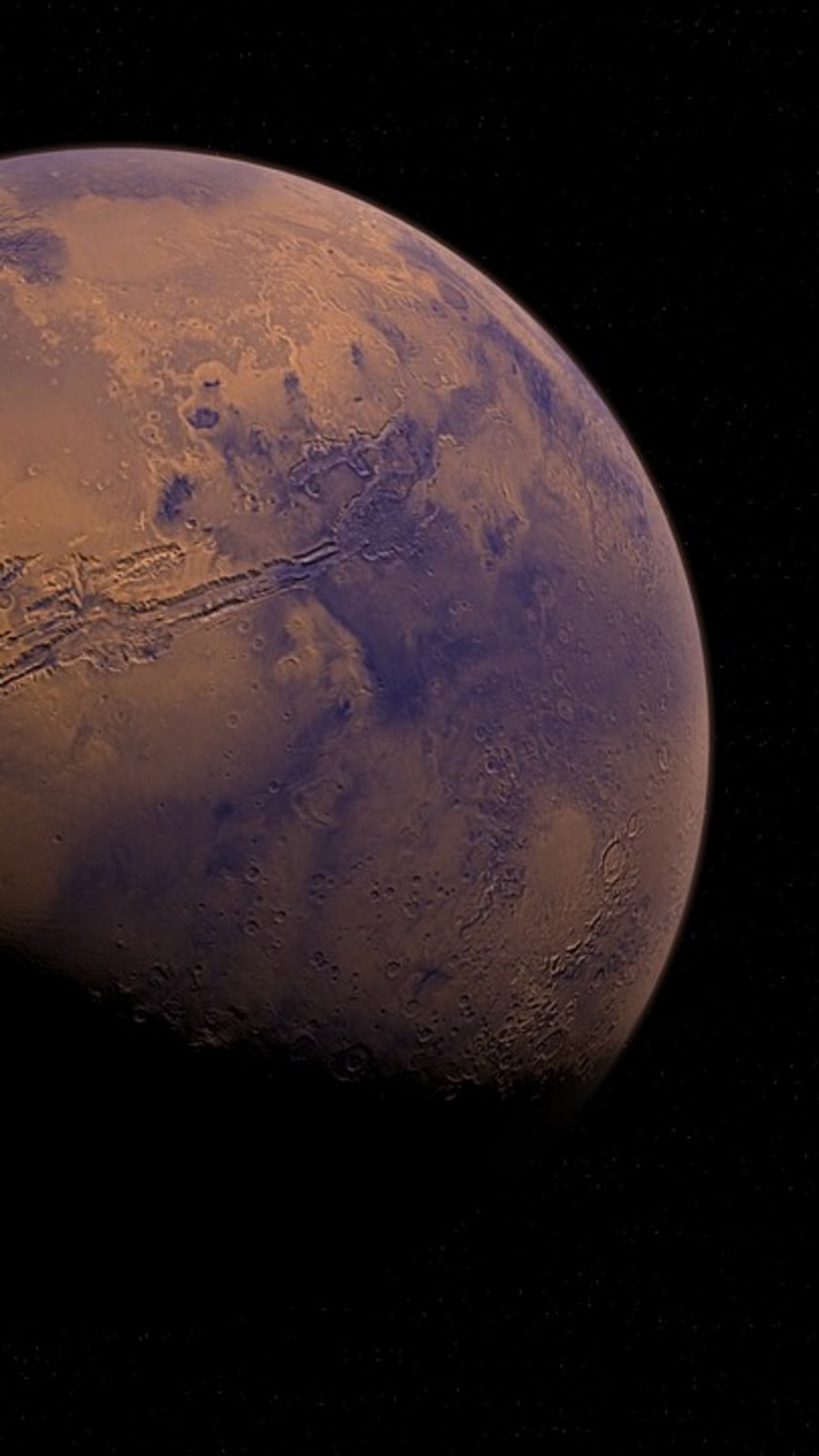Chandrayaan-4 mission: Know what ISRO is up to next
Want to become an ISRO scientist? Check out the jobs available
Mangalyaan-2 mission: Know how ISRO will carry out its next Mars mission
Aditya-L1 mission: How ISRO’s project may help prevent communications breakdown on Earth



